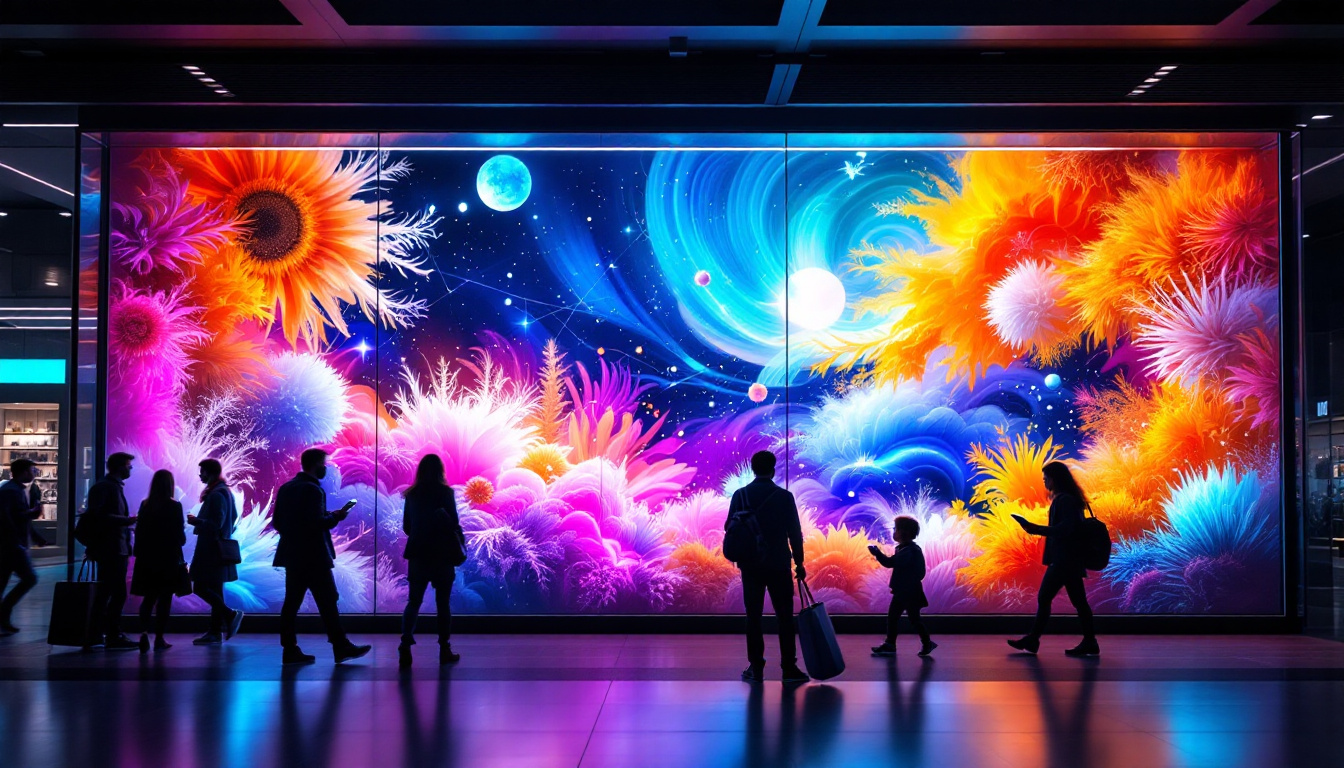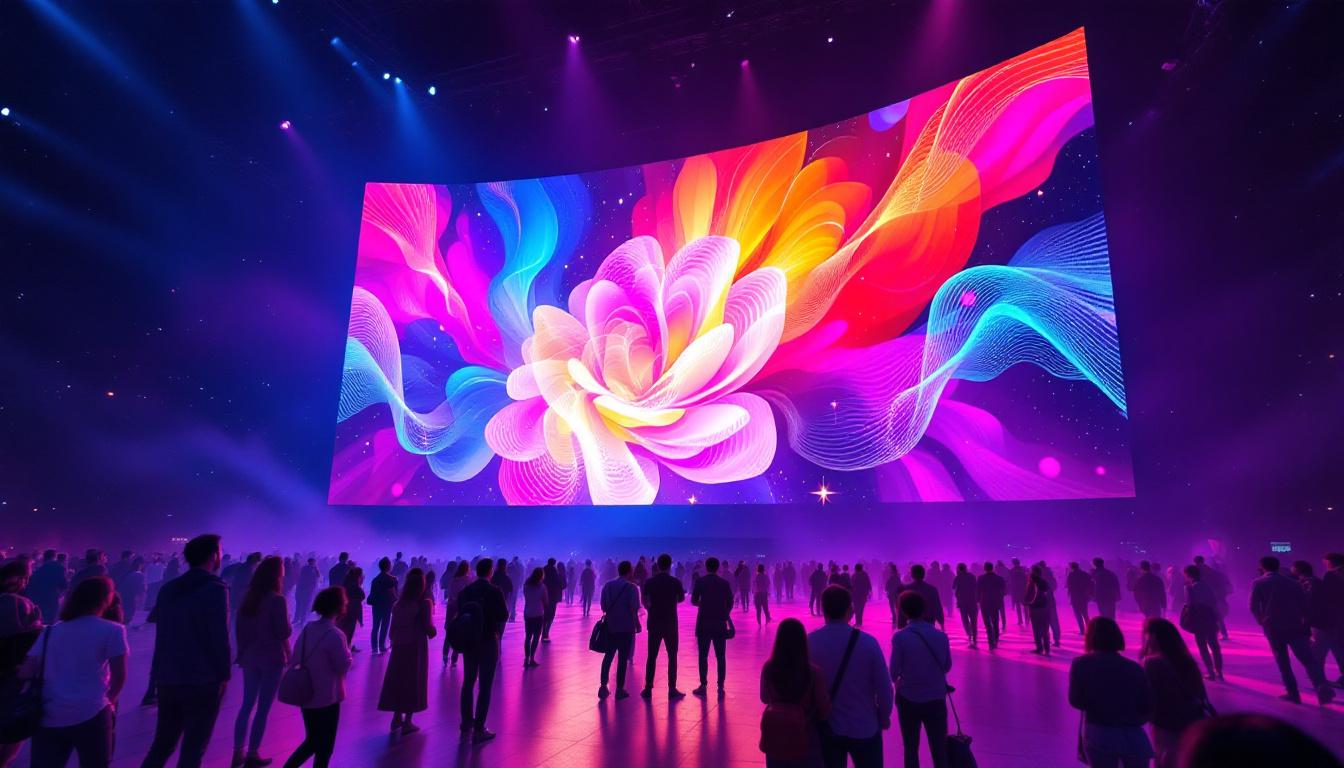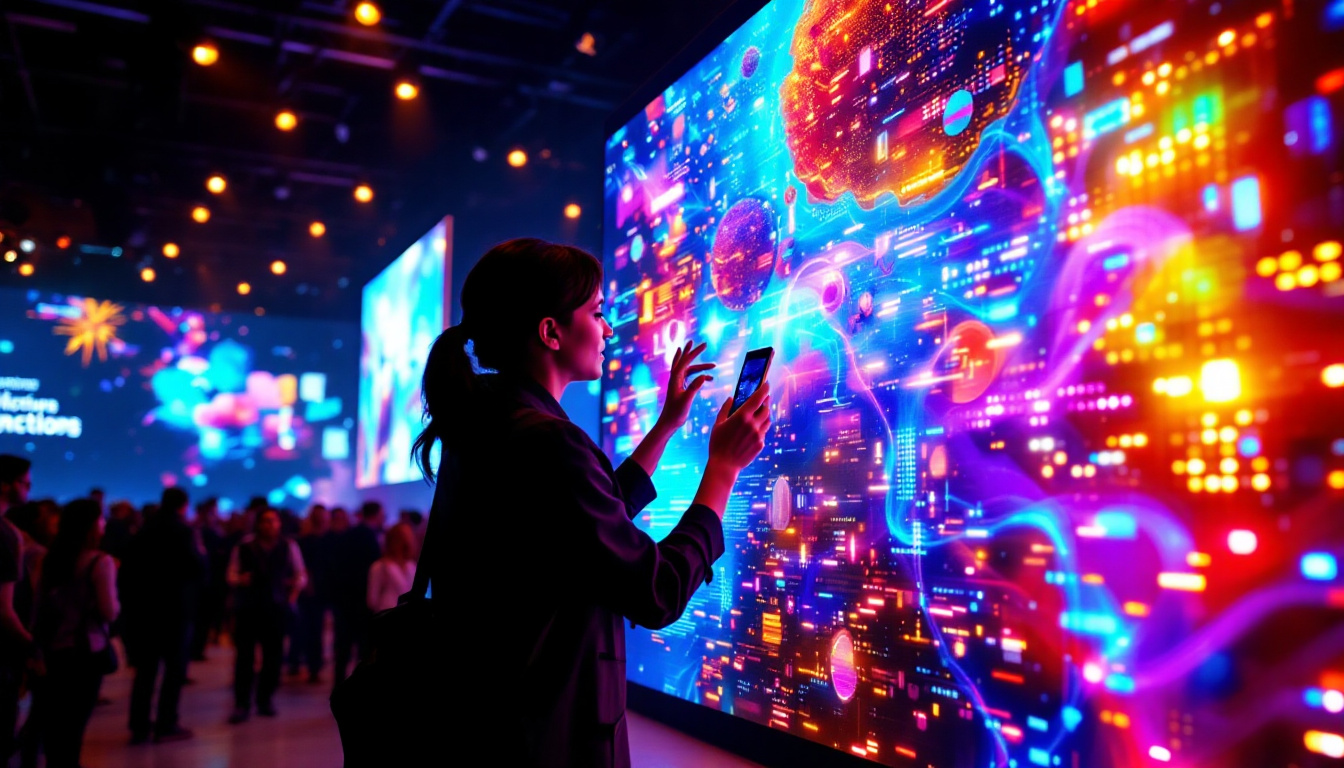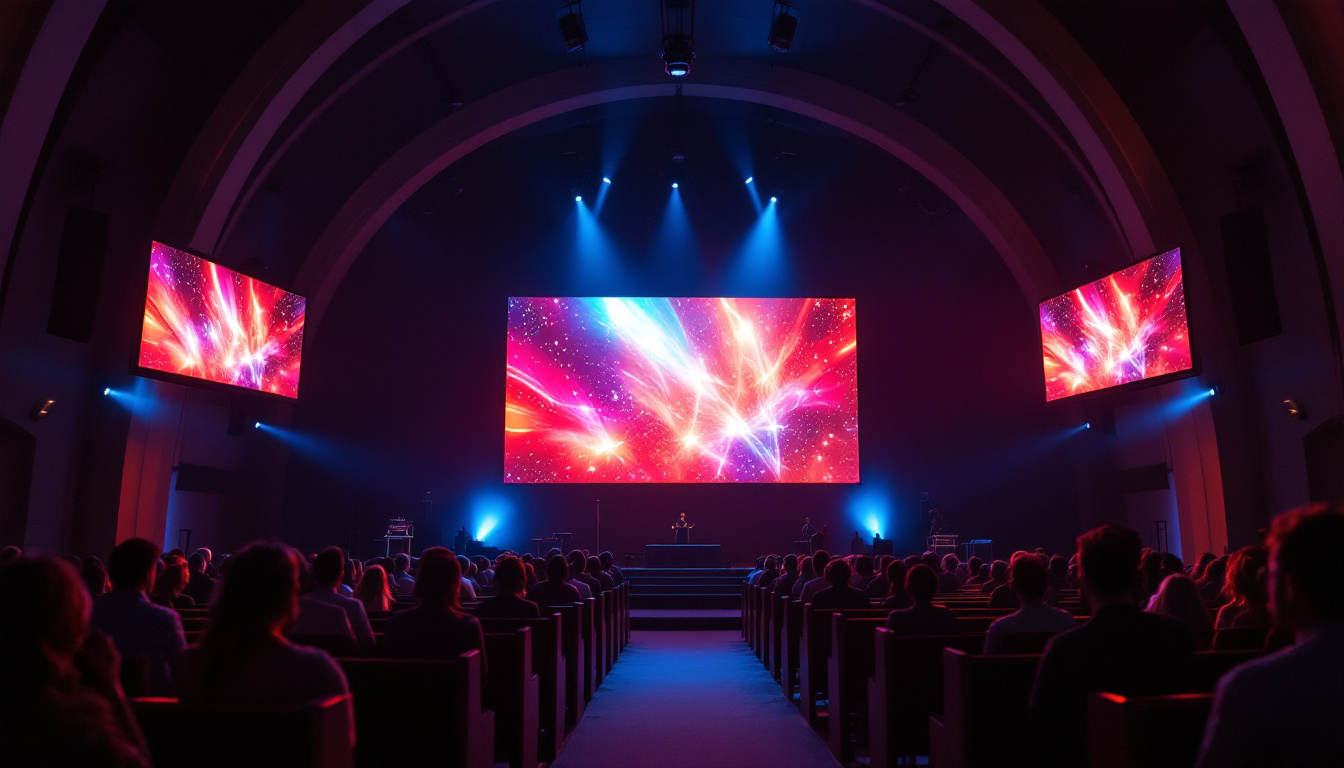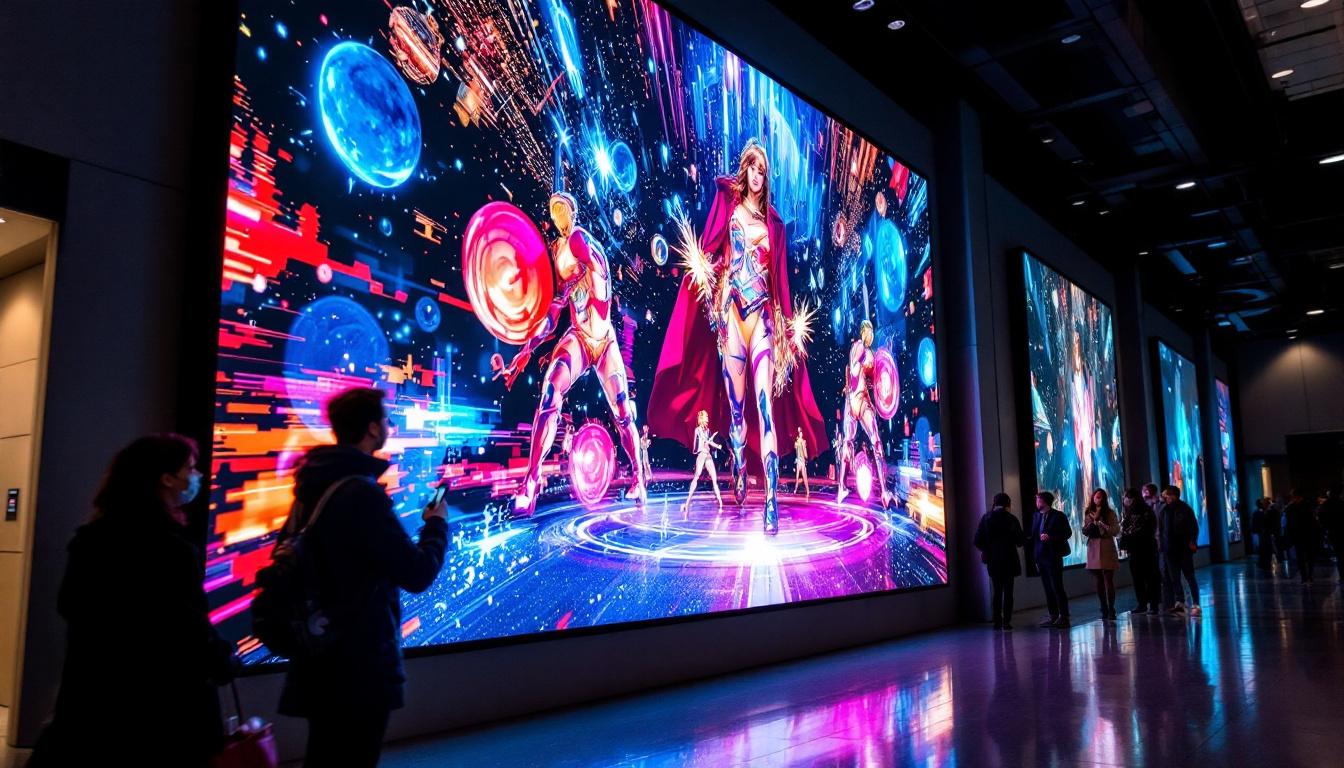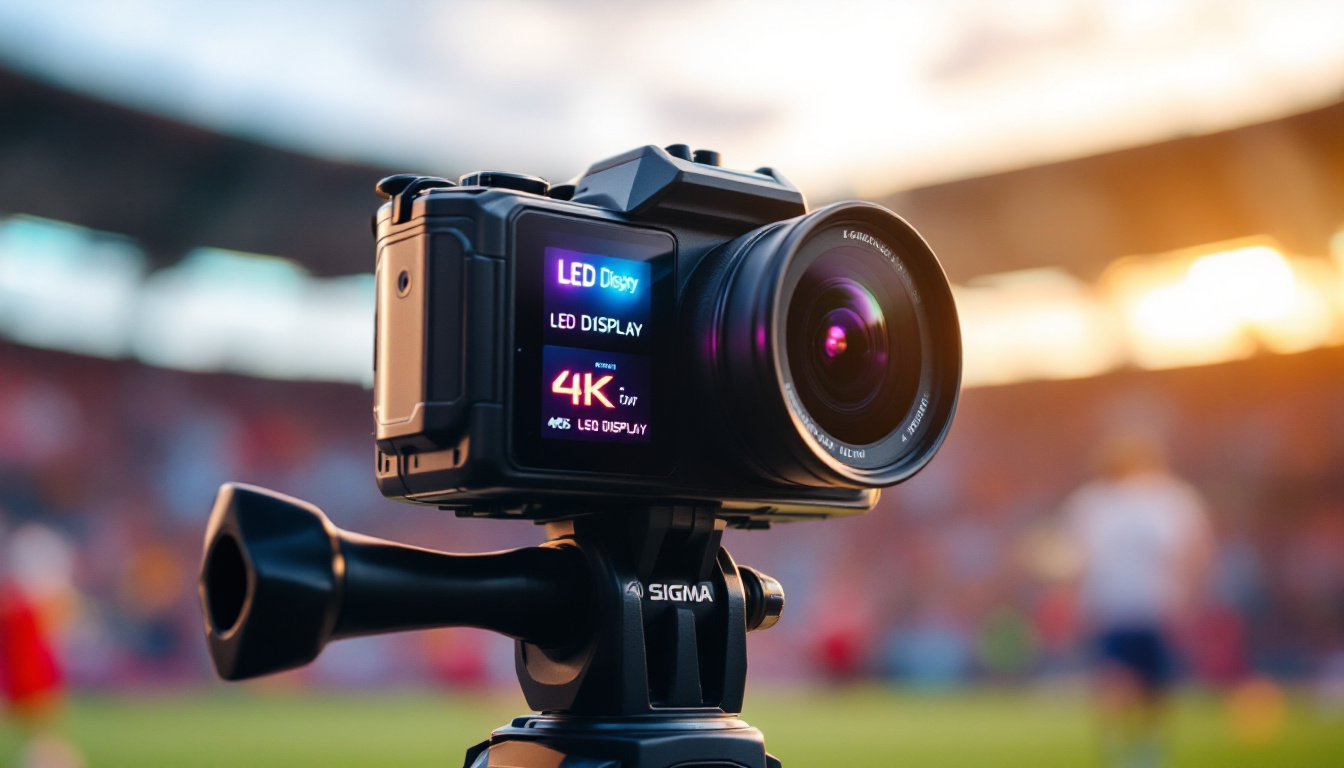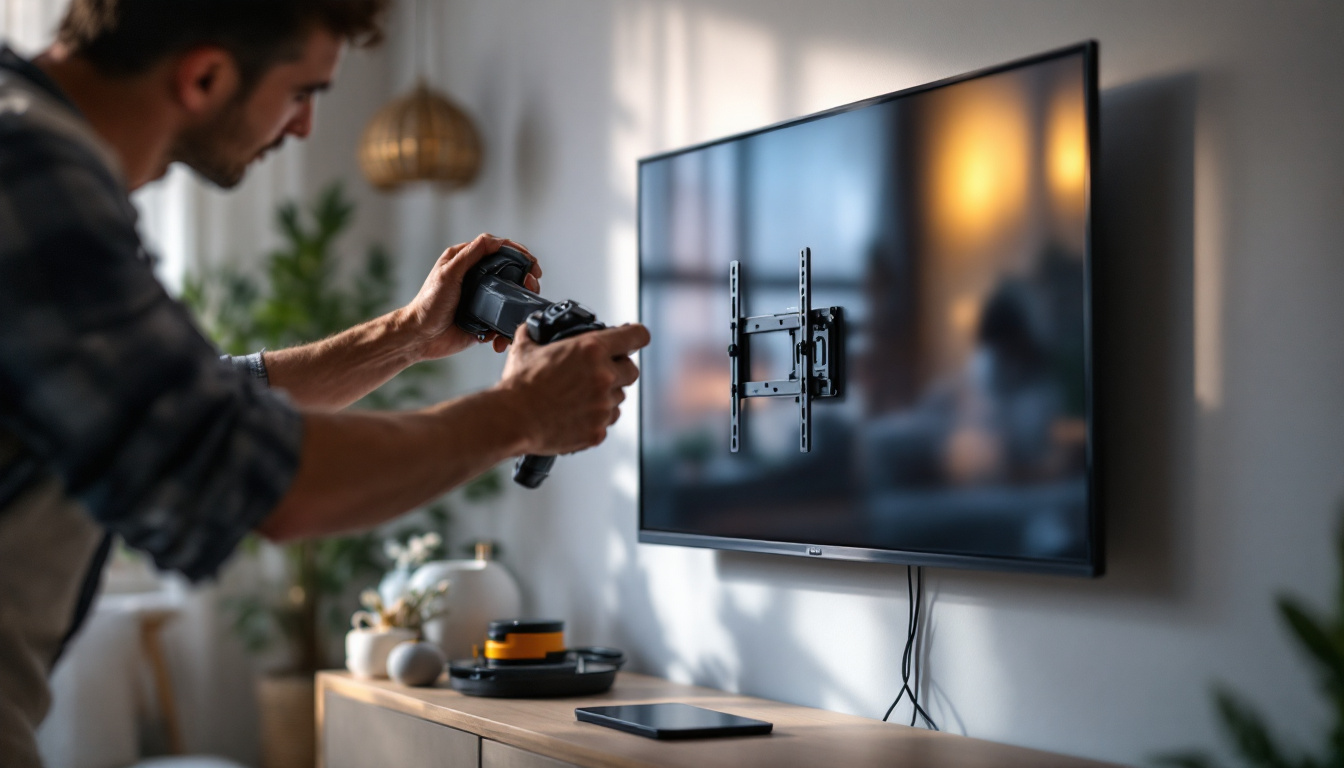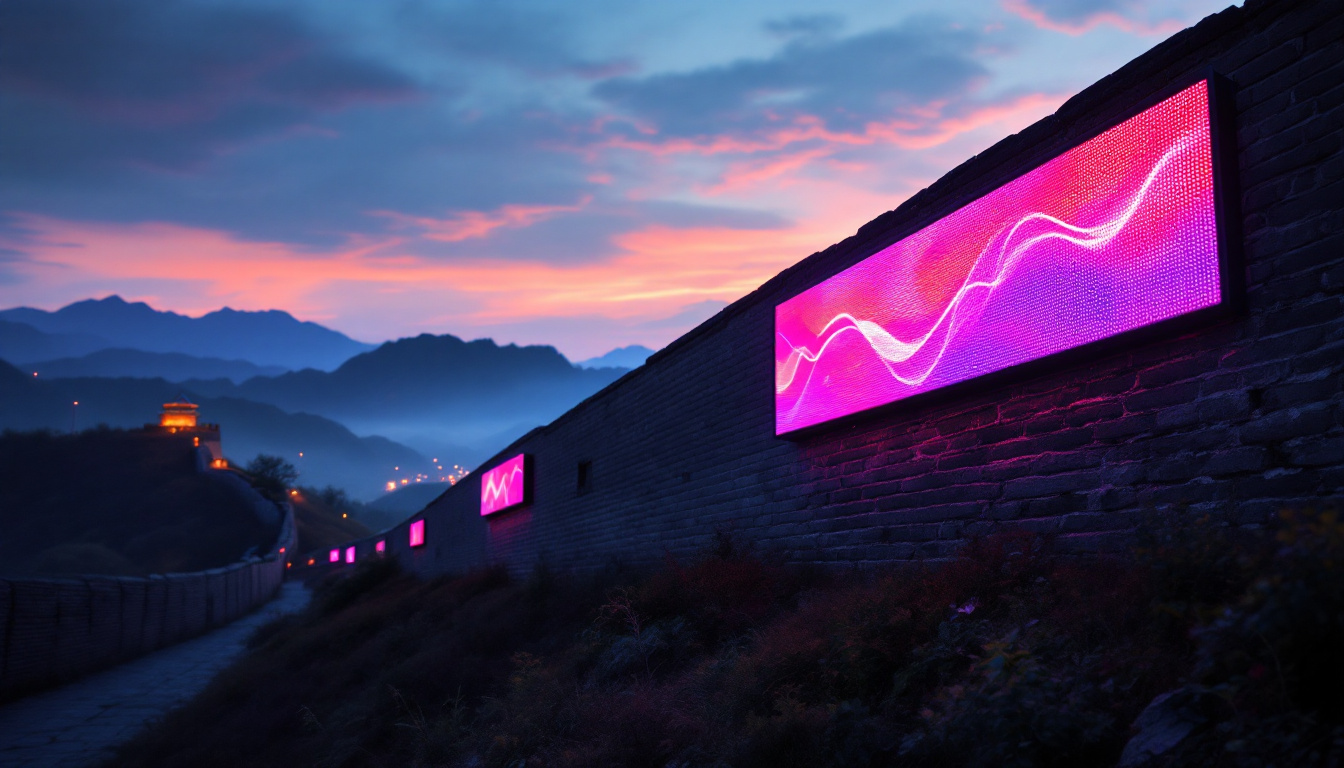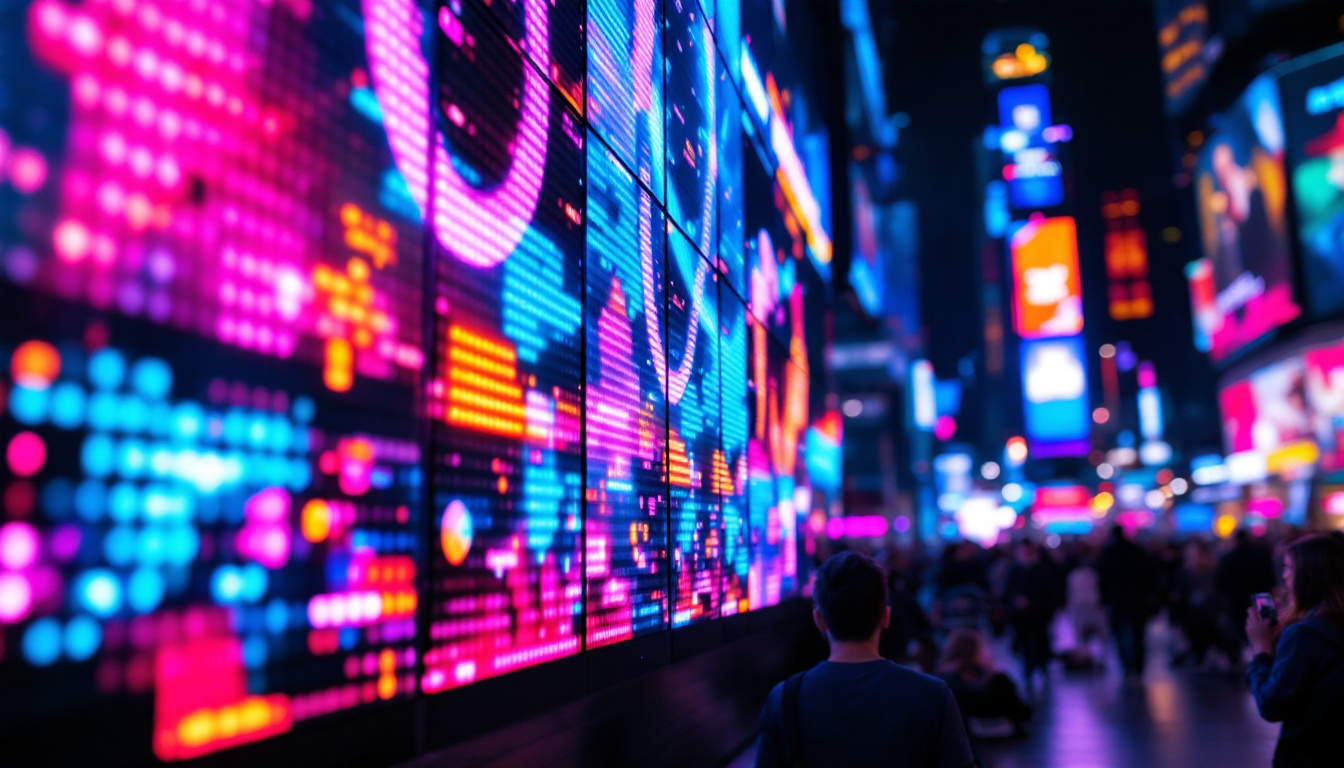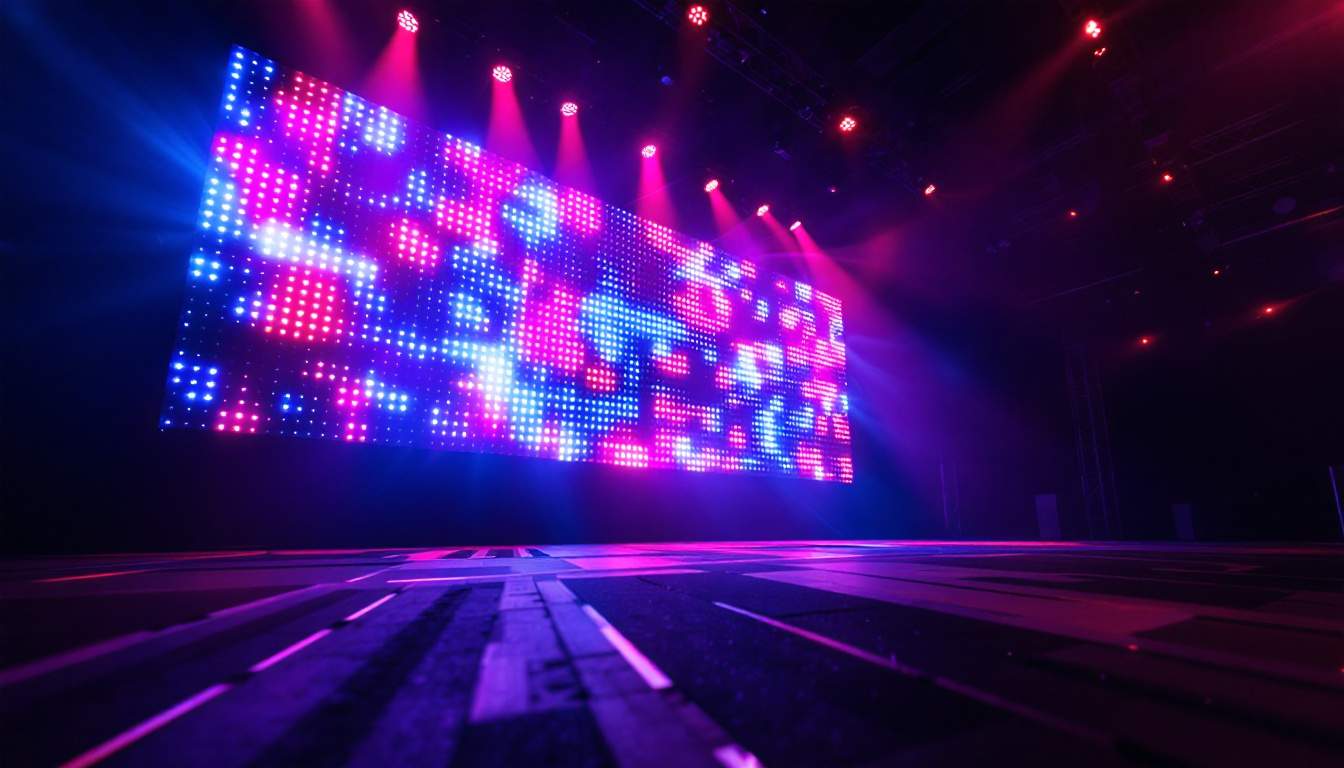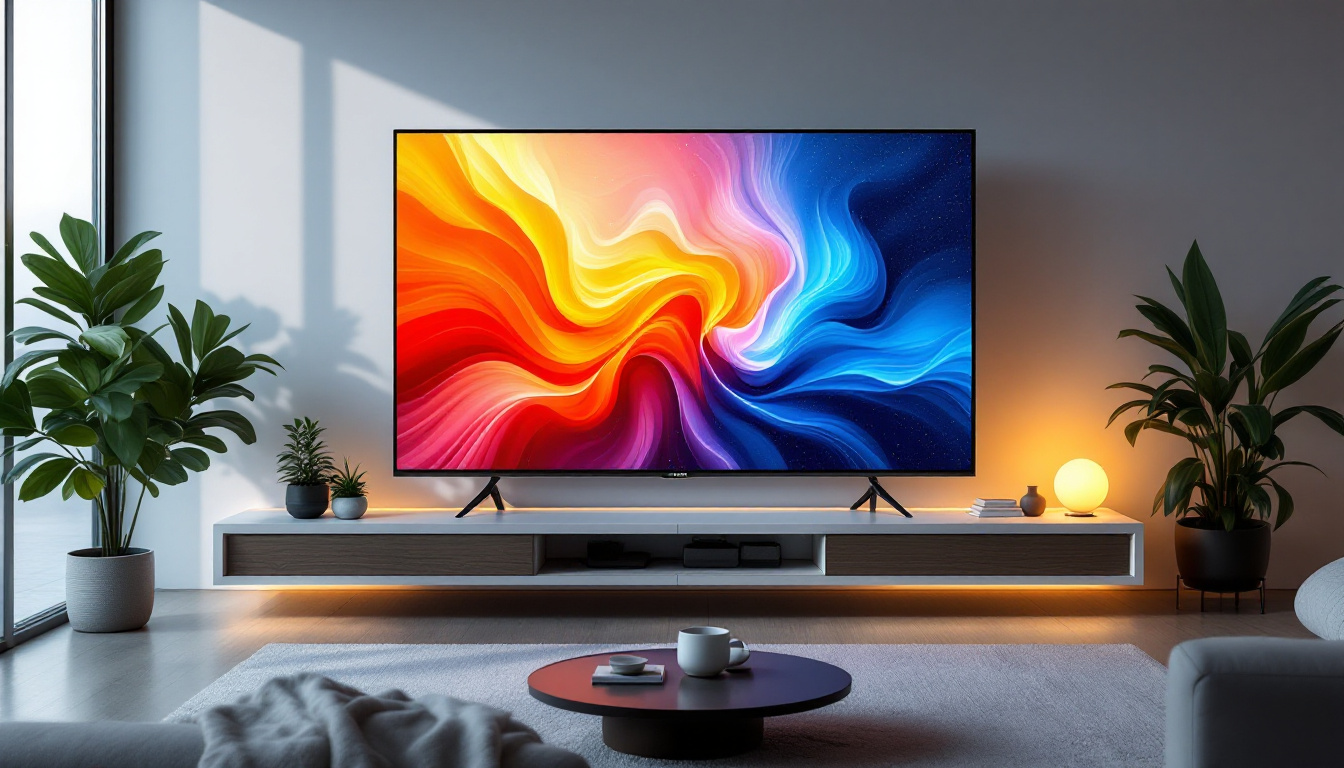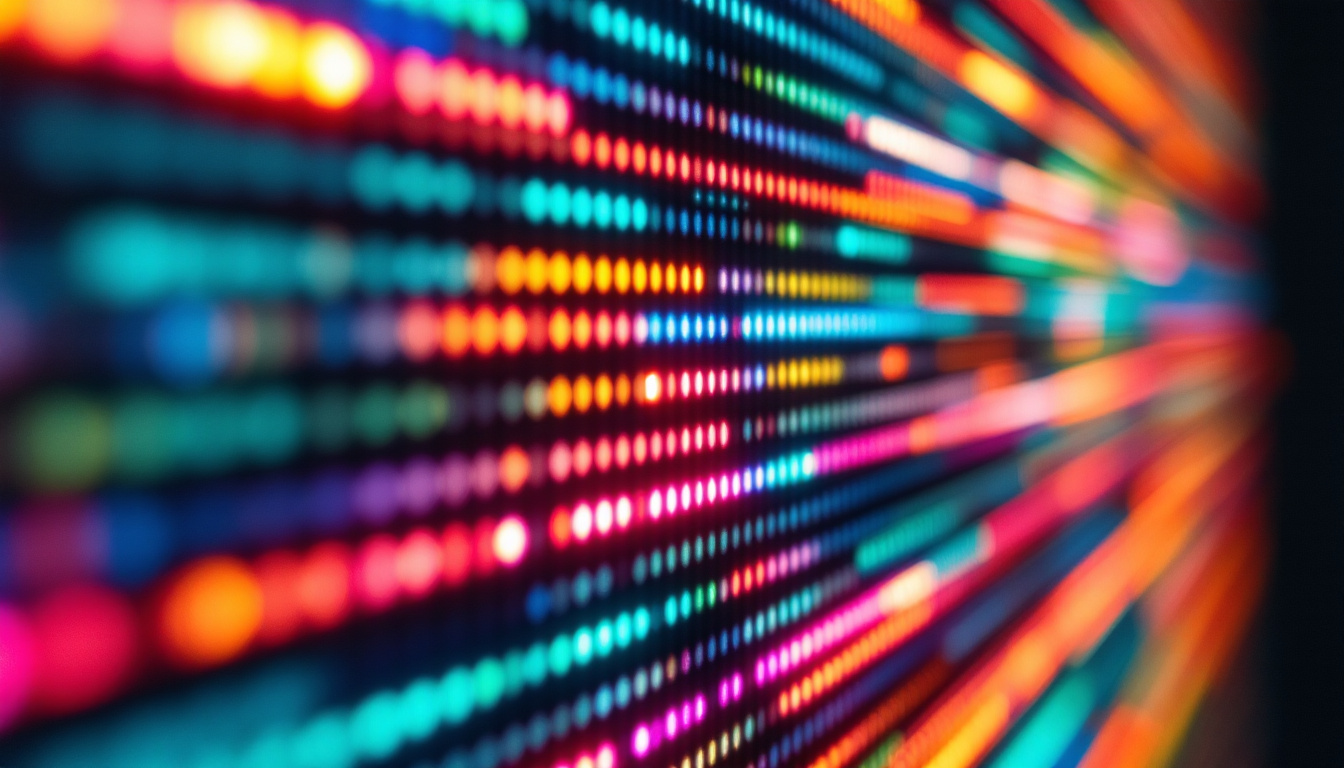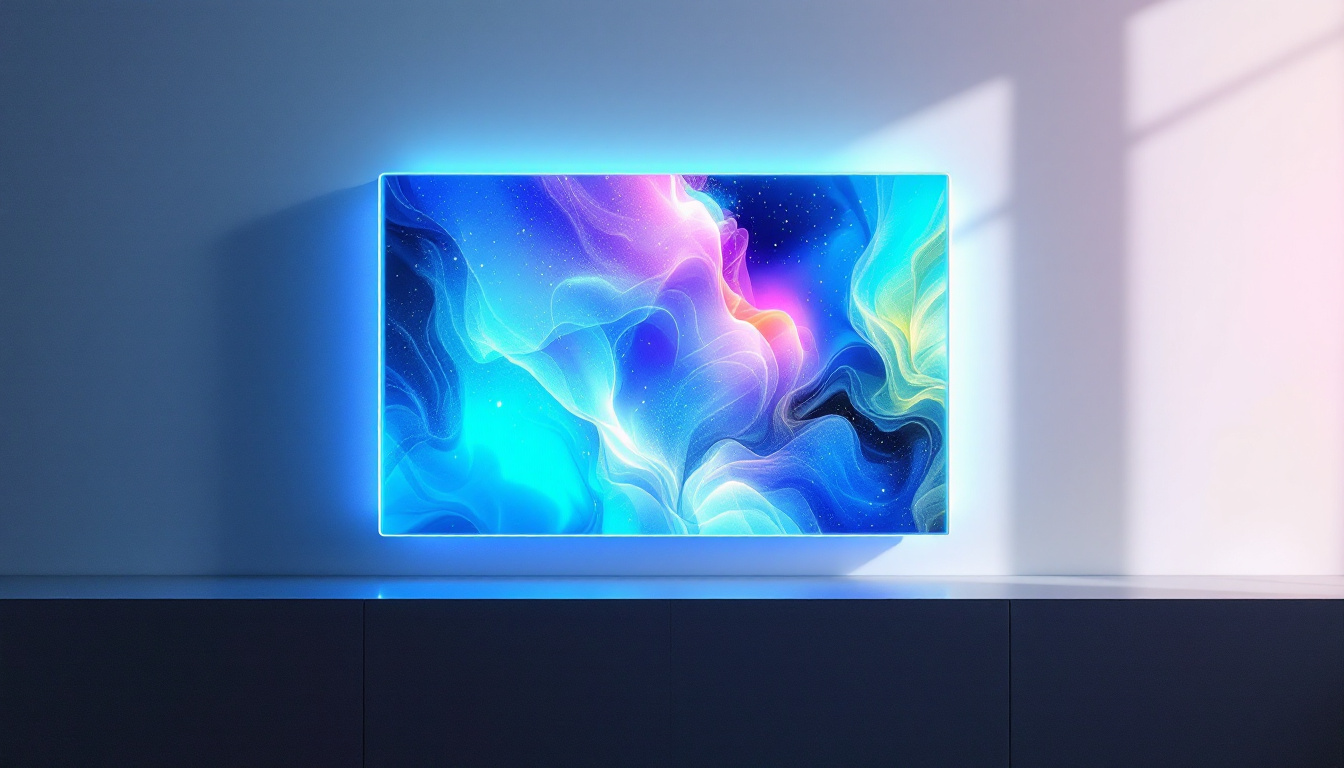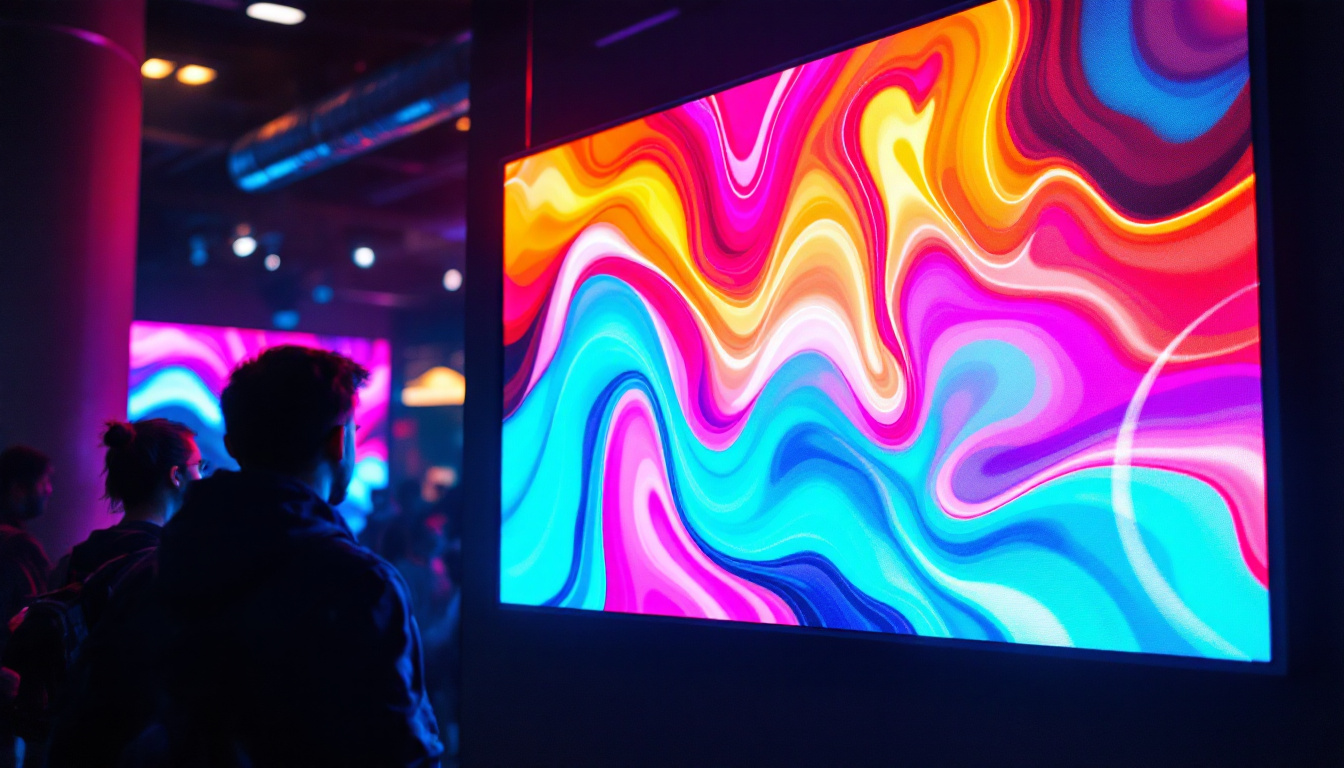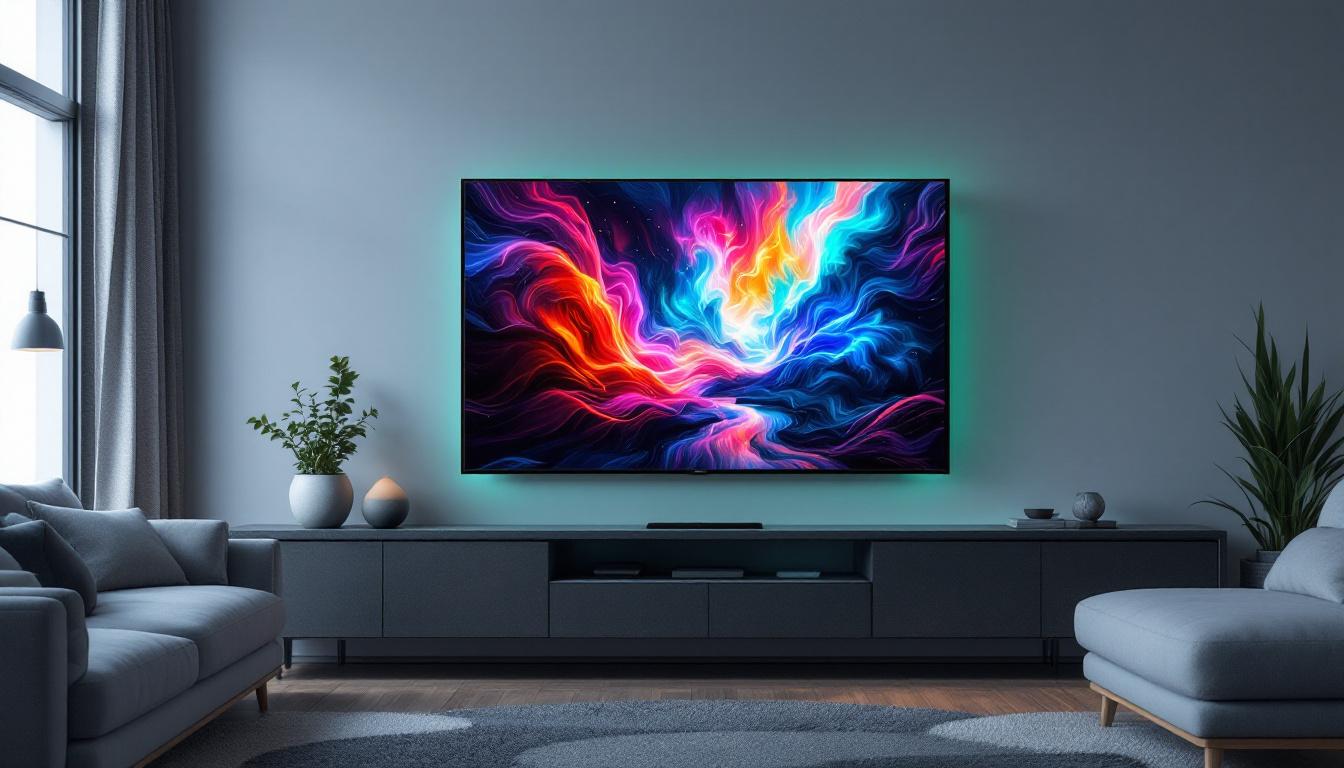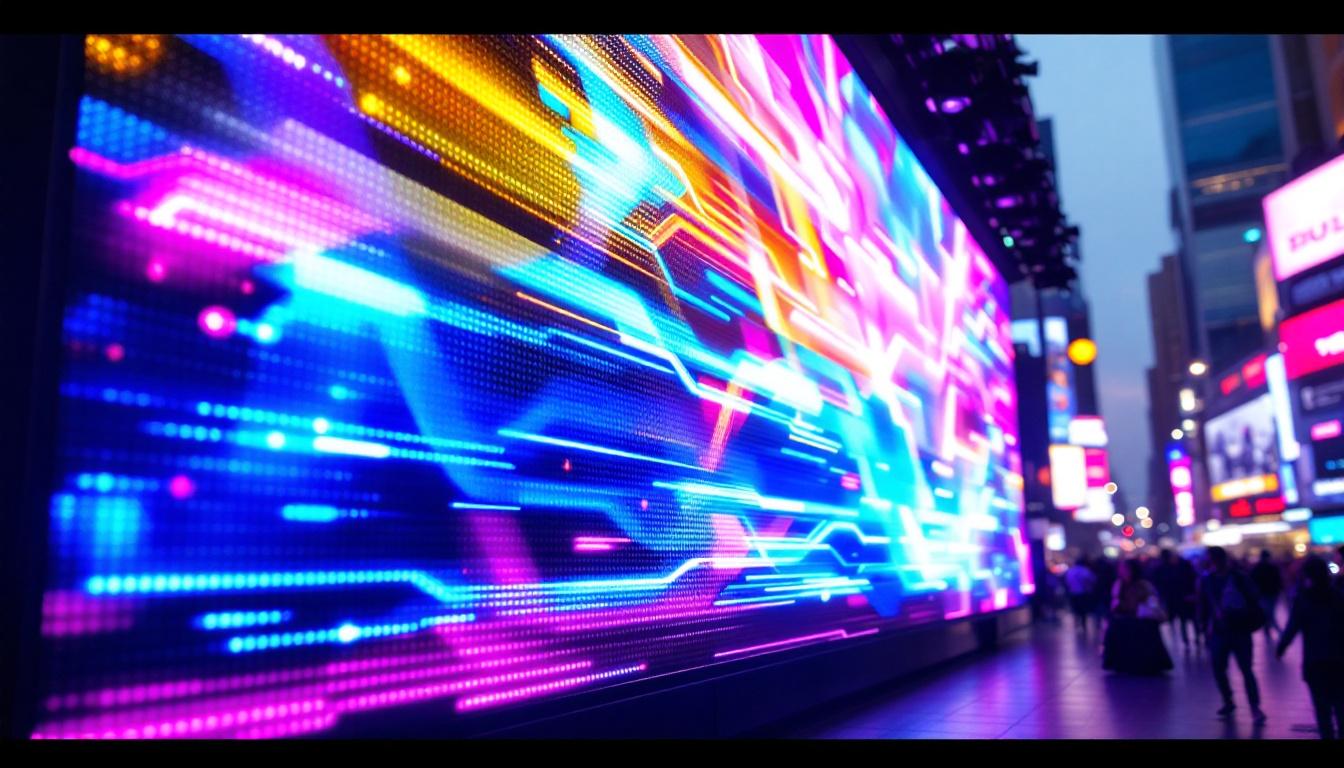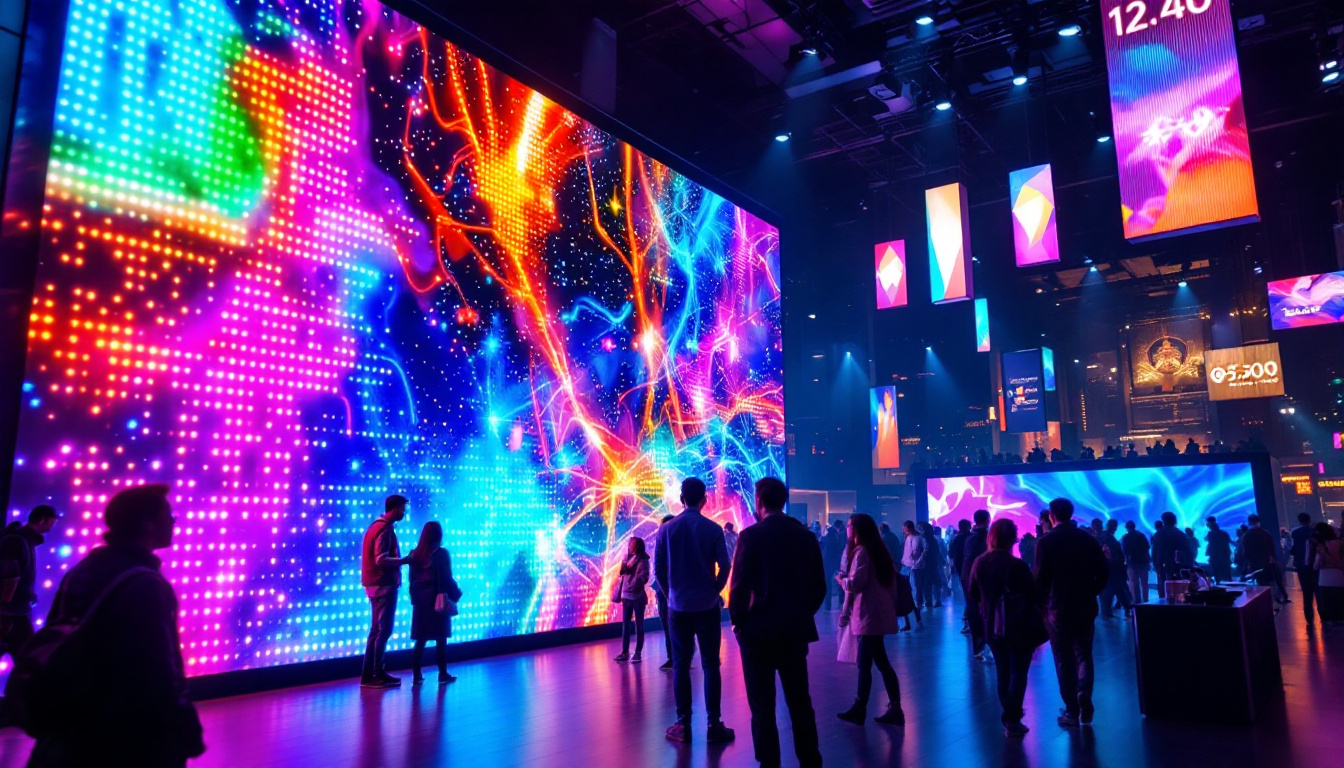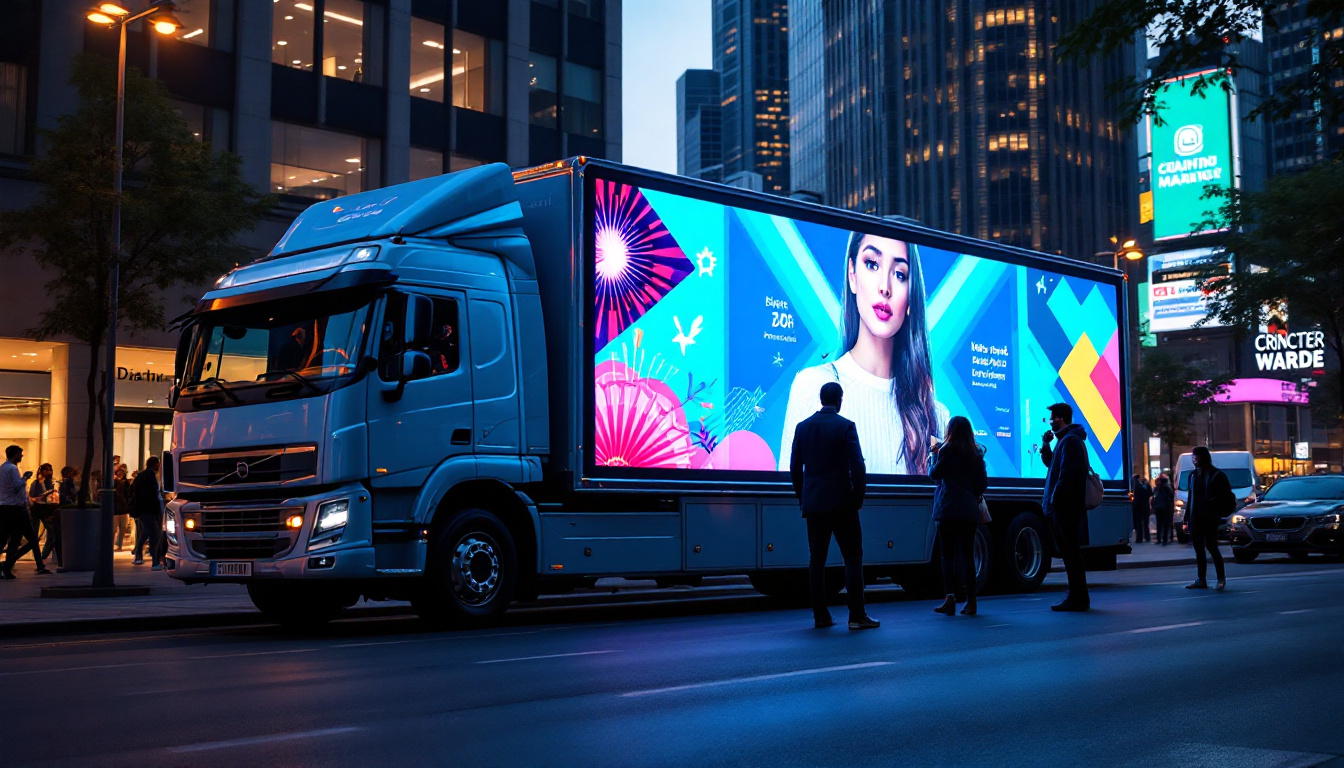In the competitive world of retail, capturing the attention of potential customers is paramount. One of the most effective ways to achieve this is through storefront displays, particularly those utilizing LED technology. LED displays have revolutionized the way businesses communicate with their audience, offering vibrant visuals and dynamic content that can significantly enhance customer engagement.
This article delves into the intricacies of LED displays for storefronts, exploring their benefits, types, and best practices for implementation. By understanding the nuances of LED technology, retailers can make informed decisions that elevate their marketing strategies.
The Evolution of Storefront Displays
Storefront displays have evolved from simple window arrangements to sophisticated digital installations. Initially, businesses relied on static signage and traditional marketing materials to attract customers. However, as technology advanced, so did the methods of display.
Today, LED displays are at the forefront of this evolution. They provide the ability to showcase high-resolution images, videos, and animations, allowing businesses to convey their messages in a more engaging manner. This shift not only enhances the aesthetic appeal of storefronts but also improves the overall shopping experience.
From Static to Dynamic
The transition from static displays to dynamic LED screens marks a significant milestone in retail marketing. Static displays, while effective, lack the ability to adapt to changing promotions or seasonal themes. In contrast, LED displays can be updated in real-time, enabling businesses to respond quickly to market trends and customer preferences.
This flexibility allows retailers to create targeted campaigns that resonate with their audience. For instance, a clothing store can easily switch its display to highlight a new collection or a seasonal sale, ensuring that the content remains fresh and relevant.
Enhancing Brand Visibility
Brand visibility is crucial for attracting foot traffic. LED displays offer unparalleled brightness and clarity, making them highly visible even in direct sunlight. This visibility is essential for capturing the attention of passersby, especially in busy urban environments.
Moreover, the vibrant colors and high-definition graphics of LED displays can evoke emotions and create a memorable impression. This not only helps in attracting new customers but also reinforces brand identity, as consistent and eye-catching displays contribute to brand recognition.
Advantages of LED Displays
LED displays come with a myriad of advantages that make them an attractive option for storefronts. Understanding these benefits can help retailers appreciate the value of investing in this technology.
Energy Efficiency
One of the standout features of LED technology is its energy efficiency. Compared to traditional neon or incandescent displays, LED lights consume significantly less power while providing superior brightness. This not only reduces operational costs but also aligns with sustainability goals, making it an eco-friendly choice for businesses.
Additionally, the long lifespan of LED lights means that businesses will spend less on replacements and maintenance over time. This cost-effectiveness is a compelling reason for retailers to consider LED displays for their storefronts.
Versatility and Customization
LED displays are incredibly versatile, allowing for a wide range of applications. They can be used for promotional messages, advertisements, or even interactive content. This versatility makes them suitable for various types of businesses, from restaurants to retail stores.
Furthermore, customization options are abundant. Retailers can choose from different sizes, shapes, and resolutions to create a display that fits their specific needs. Whether it’s a large outdoor screen or a smaller indoor display, LED technology can be tailored to suit any environment.
Improved Customer Engagement
Engaging customers is essential for driving sales, and LED displays excel in this area. The dynamic nature of LED content can capture attention and encourage interaction. For example, incorporating videos or animations can create a more immersive experience for viewers.
Moreover, LED displays can be integrated with social media feeds or live updates, providing real-time information that keeps customers informed and engaged. This interactivity not only enhances the shopping experience but also fosters a sense of community around the brand.
Types of LED Displays
LED displays come in various types, each suited for different applications and environments. Understanding these types can help retailers choose the right display for their storefronts.
Outdoor LED Displays
Outdoor LED displays are designed to withstand the elements while delivering high visibility. These displays are typically larger and brighter, making them ideal for attracting attention from a distance. They are commonly used for advertising, announcements, and event promotions.
With advancements in technology, outdoor LED displays now come equipped with features such as weather resistance and enhanced brightness, ensuring that content remains clear and vibrant in various conditions. This durability makes them a reliable choice for businesses looking to make a bold statement.
Indoor LED Displays
Indoor LED displays are generally smaller and designed for use within retail environments. These displays can be strategically placed to enhance product visibility and promote special offers. They are often used in conjunction with other marketing materials to create a cohesive branding experience.
Indoor displays can also be interactive, allowing customers to engage with the content. Touchscreen capabilities enable users to browse products, access information, or even participate in promotions, further enhancing the customer experience.
Transparent LED Displays
Transparent LED displays represent a cutting-edge innovation in storefront technology. These displays allow for visibility through the screen while still showcasing vibrant content. This unique feature makes them ideal for retail environments where maintaining a clear view of the products is essential.
Transparent displays can be integrated into windows or glass structures, creating a seamless blend of digital content and physical products. This not only enhances the aesthetic appeal of the storefront but also offers a futuristic look that can attract tech-savvy customers.
Best Practices for Implementing LED Displays
To maximize the effectiveness of LED displays, retailers should adhere to best practices during implementation. These guidelines can help ensure that the displays serve their intended purpose and deliver optimal results.
Strategic Placement
The placement of LED displays is crucial for visibility and engagement. Retailers should consider high-traffic areas where potential customers are likely to notice the display. This could be near entrances, windows, or busy sidewalks.
Additionally, the height and angle of the display should be optimized for viewing. Ensuring that the content is easily visible from various distances and angles can significantly enhance its impact.
Content is Key
While the technology behind LED displays is impressive, the content displayed is equally important. Engaging and relevant content is essential for capturing attention and driving customer action. Retailers should focus on creating visually appealing graphics and concise messaging that resonates with their target audience.
Regularly updating the content is also vital to keep it fresh and relevant. Seasonal promotions, new product launches, and special events should be reflected in the display to maintain customer interest and engagement.
Maintenance and Support
Maintaining LED displays is essential for ensuring their longevity and performance. Regular cleaning and inspections can prevent issues that may arise from dust or environmental factors. Additionally, retailers should have a support plan in place to address any technical difficulties that may occur.
Investing in a reliable maintenance service can help retailers avoid downtime and ensure that their displays are always functioning at peak performance. This proactive approach will ultimately enhance the return on investment for the LED display.
Future Trends in LED Display Technology
The world of LED display technology is continually evolving, with new trends emerging that promise to further enhance their effectiveness in retail environments. Staying informed about these trends can help retailers remain competitive and innovative.
Integration with Augmented Reality
Augmented reality (AR) is making waves in the retail sector, and its integration with LED displays is becoming increasingly popular. By combining AR with LED technology, retailers can create immersive experiences that allow customers to interact with products in new and exciting ways.
This could include virtual try-ons, interactive product demonstrations, or even gamified experiences that encourage customer engagement. As AR technology continues to advance, its application in storefront displays will likely become more prevalent.
Smart Displays and IoT Integration
The Internet of Things (IoT) is transforming various industries, and retail is no exception. Smart LED displays that can connect to the internet and other devices are becoming more common. These displays can be programmed to change content based on real-time data, such as foot traffic or weather conditions.
This level of interactivity allows retailers to create personalized experiences for customers, tailoring content to their preferences and behaviors. As technology continues to advance, the integration of smart displays will likely become a standard practice in retail environments.
Focus on Sustainability
As sustainability becomes a growing concern for consumers, retailers are increasingly looking for eco-friendly solutions. LED displays are already a more sustainable option compared to traditional signage, but future trends may see further advancements in this area.
Innovations such as solar-powered LED displays or those made from recyclable materials could become more prevalent. Retailers who prioritize sustainability in their marketing strategies will likely resonate with environmentally conscious consumers, enhancing their brand reputation.
Conclusion
LED displays have transformed storefront marketing, offering retailers a dynamic and engaging way to connect with customers. With their energy efficiency, versatility, and ability to enhance brand visibility, LED displays have become an essential tool in the retail landscape.
By understanding the various types of LED displays, adhering to best practices for implementation, and staying informed about future trends, retailers can leverage this technology to create captivating storefronts that attract and retain customers. As the retail environment continues to evolve, embracing LED displays will undoubtedly play a crucial role in driving success.
Discover LumenMatrix LED Display Solutions
Ready to elevate your storefront with the latest in LED display technology? Look no further than LumenMatrix, a pioneer in crafting LED display modules that not only boost your brand’s visibility but also create mesmerizing visual experiences. From the vibrant Indoor LED Wall Display to the robust Outdoor LED Wall Display, and from the mobile versatility of Vehicle LED Displays to the innovative LED Transparent Display, LumenMatrix offers a comprehensive range of solutions tailored to your unique needs. Embrace the future of visual communication and captivate your audience like never before. Check out LumenMatrix LED Display Solutions today and transform your storefront into a dynamic, engaging space that stands out.

